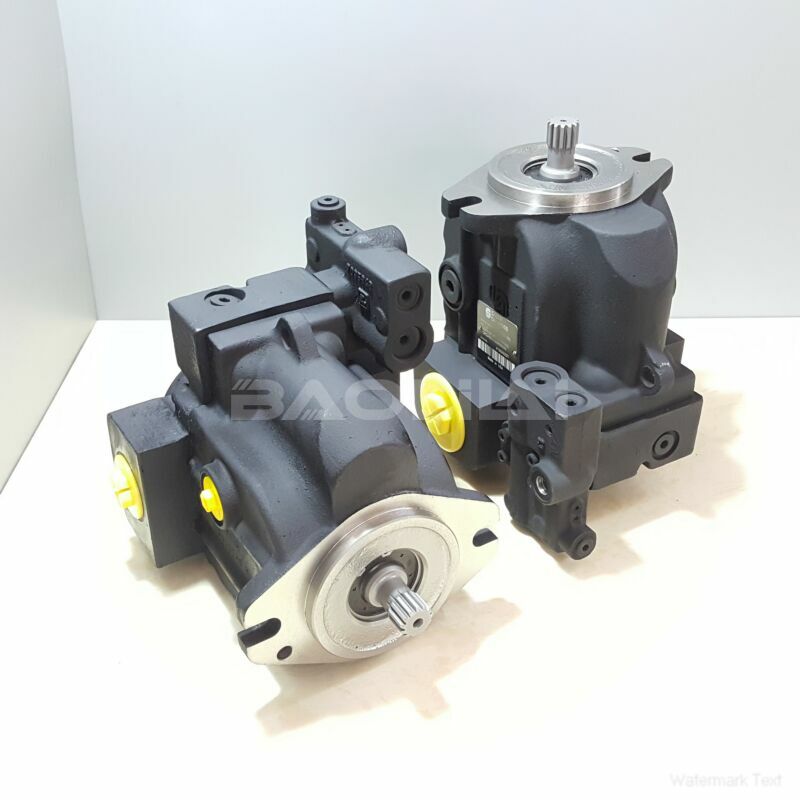LRR025CLS2626NNN3C2ARA6NAAANNNNNN danfoss pump
LRR025CLS2626NNN3C2ARA6NAAANNNNNN danfoss pump

- Product Details
- Applicable Scene
High-pressure pumps are integral components in the operation of chemical plants, where the efficient transfer of fluids is essential for maintaining productivity and ensuring safety. These pumps are designed to operate under high pressure, making them suitable for various applications, including the movement of corrosive substances, slurries, and other challenging fluid types.
LR-R-025C-LS-26-26-NN-N-3-C2AR-A6N-AAA-NNN-NNN
LRR025CLS2626NNN3C2ARA6NAAANNNNNN
One of the primary functions of high-pressure pumps in chemical plants is to facilitate the transfer of liquids from one process unit to another. This can involve transporting raw materials to reactors, moving intermediates through distillation columns, or transferring finished products to storage tanks. The ability of these pumps to generate high pressure allows for the efficient movement of fluids over long distances and through complex piping systems, which is often necessary in large-scale chemical production facilities.

83051648
High-pressure pumps come in various designs, including centrifugal pumps, positive displacement pumps, and diaphragm pumps. Each type has its advantages depending on the specific fluid properties and the required flow rates. For instance, positive displacement pumps are well-suited for transferring viscous fluids or slurries, while centrifugal pumps are typically used for lower-viscosity liquids at higher flow rates. Understanding the properties of the fluids being transferred, as well as the specific requirements of the process, is crucial when selecting the appropriate pump type.
In addition to their basic function of fluid transfer, high-pressure pumps play a vital role in maintaining process safety. Chemical reactions can be highly exothermic and may produce gases or vapors that can lead to pressure build-ups. High-pressure pumps help regulate these pressures by maintaining controlled flow rates and ensuring that system components, such as reactors and separators, operate within their specified pressure limits.





